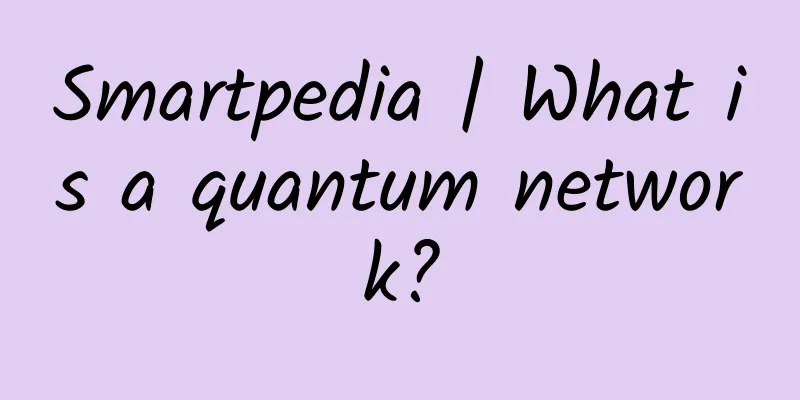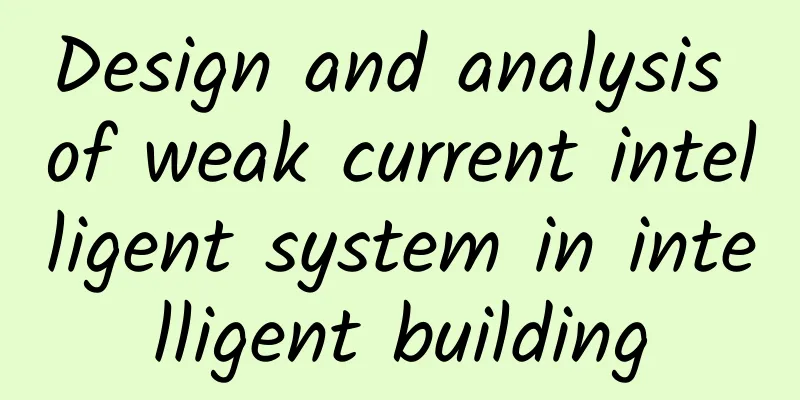The key role of network connectivity in the development of smart cities

|
Smart cities aim to achieve greater efficiency, sustainability, and accountability for their residents, which requires a strong network infrastructure. In this article, we will explore the importance of network connectivity to smart cities. We will also explore how it is possible to collect, share, and analyze data from various sources such as the Internet of Things, sensors, and machines with easy network connectivity and management. The significance of network connectivity in the development of smart cities:Connectivity is essential for smart cities as it facilitates the exchange of information between different entities. With connectivity, data can be collected, processed, and analyzed in real-time to make informed decisions that improve the quality of life for residents. For example, intelligent transportation systems enabled by network connectivity can provide real-time traffic monitoring, smart routing, and reduce congestion and emissions. Network connectivity can also support energy-efficient buildings, public safety and security, and citizen engagement platforms. Challenges and thoughts on network connectivity in smart city development:Despite the benefits of network connectivity, there are challenges and considerations that need to be addressed to ensure successful implementation. For example, cities must ensure their networks are secure and resilient to prevent cyberattacks and physical damage. Additionally, cities must ensure that their networks are inclusive, accessible, and affordable for all residents, regardless of socioeconomic status. In addition to these challenges, cities must also address issues related to privacy, data ownership, and legality. Emerging technologies and network connectivity in smart city development:Emerging technologies such as 5G wireless, edge computing and artificial intelligence are transforming network connectivity in the development of smart cities. 5G networks can provide faster and more reliable connections for IoT devices, enabling real-time data processing and analysis. Edge computing can bring computing resources closer to IoT devices, reducing latency and improving response times for critical applications. Artificial intelligence can help process and analyze large amounts of data for predictive and prescriptive analysis, enabling cities to optimize operations and services. Other emerging technologies such as blockchain, quantum computing, and augmented reality are also exploring their potential in the development of smart cities. Partnerships and collaboration for network connectivity in smart city development:Building a robust connectivity infrastructure requires collaboration among various stakeholders, including government agencies, private industry, and citizens. Partnerships can give cities access to expertise and resources to design, deploy and maintain their networks. Collaboration can also ensure that connectivity solutions are aligned with residents’ needs and priorities, ensuring they are inclusive, accessible and affordable. The future of network connectivity in smart city development:The future of connectivity in smart city development is promising, with new technologies and partnerships emerging. As cities continue to collect and analyze data from a variety of sources, they will need to rely on advanced connectivity solutions to enable real-time decision making and improved services. Furthermore, cities will need to adopt a more integrated and holistic approach to network connectivity, taking into account the various technical, social and environmental factors that influence its implementation. in conclusionIn conclusion, network connectivity plays a vital role in the development of smart cities. A strong network infrastructure is essential for collecting, processing, and sharing data from different sources to enable informed decisions and improve the quality of life of residents. While there are challenges and considerations in achieving network connectivity, emerging technologies such as 5G, edge computing, and artificial intelligence offer new possibilities. By fostering partnerships and collaboration, cities can build a network infrastructure that meets the needs and priorities of residents, paving the way for a smarter, more sustainable future. |
<<: What are the characteristics of APC fiber optic connectors?
>>: How does Spanning Tree Protocol prevent network loops and ensure security?
Recommend
Can you distinguish between distribution, high concurrency and multithreading?
When these three words are mentioned, do many peo...
The three major operators are deploying the next generation of the Internet of Things and have determined three specific directions
In 2017, the Internet of Things industry ushered ...
The number of 5G base stations has reached 1.159 million. The Gigabit optical network has the capacity to cover more than 200 million households.
Yesterday, the State Council Information Office h...
New 5G standards: Personal network speeds no less than 100 Mbps downlink and 50 Mbps uplink
4G has not yet been fully popularized, but the re...
What is cloud network?
The future of cloud is bright. By 2024, more than...
The 5G revolution started ten years ago
Will the "Warring States Period" patter...
The Ministry of Industry and Information Technology responded to the withdrawal of 2G/3G networks: an inevitable choice for upgrading
Recently, the Ministry of Industry and Informatio...
Taking photos has never been so easy. Huawei Enjoy 10S freezes the wonderful scenery with one click
If we choose the most used function of mobile pho...
CloudCone: $16.3/year-1GB/55GB/3TB@1Gbps/Los Angeles data center
CloudCone has released several Easter packages, w...
The number of 5G mobile phones will reach 250 million. Is this good news?
According to a new research report released by St...
iPhone 12 will be released next week, but 5G in the US won't work at all
Apple announced in the early morning of October 7...
The three major operators delisted from the US and returned to the A-share market
Recently, China Mobile issued an announcement sta...
China is in the forefront of 5G research and development and has begun to study the development of 6G
In the movie "Ready Player One", the pr...









